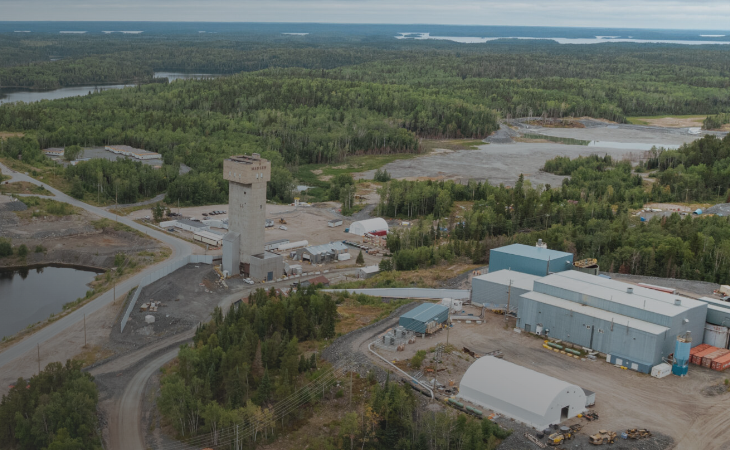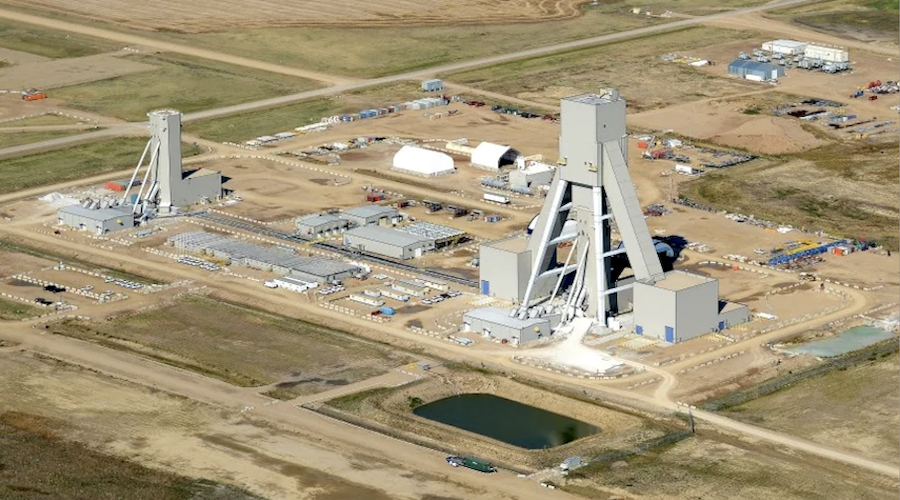OTTAWA - The options for disposal of mine waste that represent low long term liabilities are limited at a many mine sites. Although not new, the disposal of mine wastes into mined-out pits has, in recent years, received increased acceptance particularly for acid generating, metal leaching, radioactive and perceptively hazardous tailings, waste rock and water treatment sludges.
MEND’s latest report, 2.36.1b, is an update of a similar 1995 report 2.36.1 and provides a summary of 12 case studies of in-pit disposal of mine waste at locations around the world. Case studies were selected to provide examples of in-pit disposal of mine wastes exhibiting a variety of environmental risks and located in various hydrogeological and climatic settings.
Some common aspects of in-pit disposal include the following constraints:
- A pit needs to be locally available and the use of the pit should not “sterilize” remaining mineral resources. In addition, pit filling above active underground mining is considered unsafe in most cases.
- In many cases, the amount of waste rock and tailings produced will not fit into the available opening, resulting in use of expensive dual waste disposal scenarios.
- Terminal water levels in a backfilled pit as well as local hydrogeological conditions greatly influence the selection of in-pit disposal options. In the case of Stratmat, in-pit disposal of acid rock drainage waste rock was initially selected but, after a detailed evaluation, was rejected in favour of surface storage.
- In-pit disposal can be very costly in instances where significant material and pit engineering may be required to isolate mobile contaminants.
The benefits of in-pit disposal are many – the following aspects may have site specific importance:
- The isolation of solid mine wastes in an anoxic environment, which has been shown to inhibit acid generation and the release of soluble metals and other contaminants;
- The reduction or elimination for the need to maintain engineered structures;
- Improved social and regulatory acceptance of mining activities by restoring land forms and function; and, in some cases; and
- The permanent isolation of hazardous substances resulting from emergencies and normal processing.
The
report can be downloaded from the MEND-NEDEM website.
Please take the opportunity to visit the
Mine Environment Neutral Drainage program website at
MEND-NEDEM.org





Comments